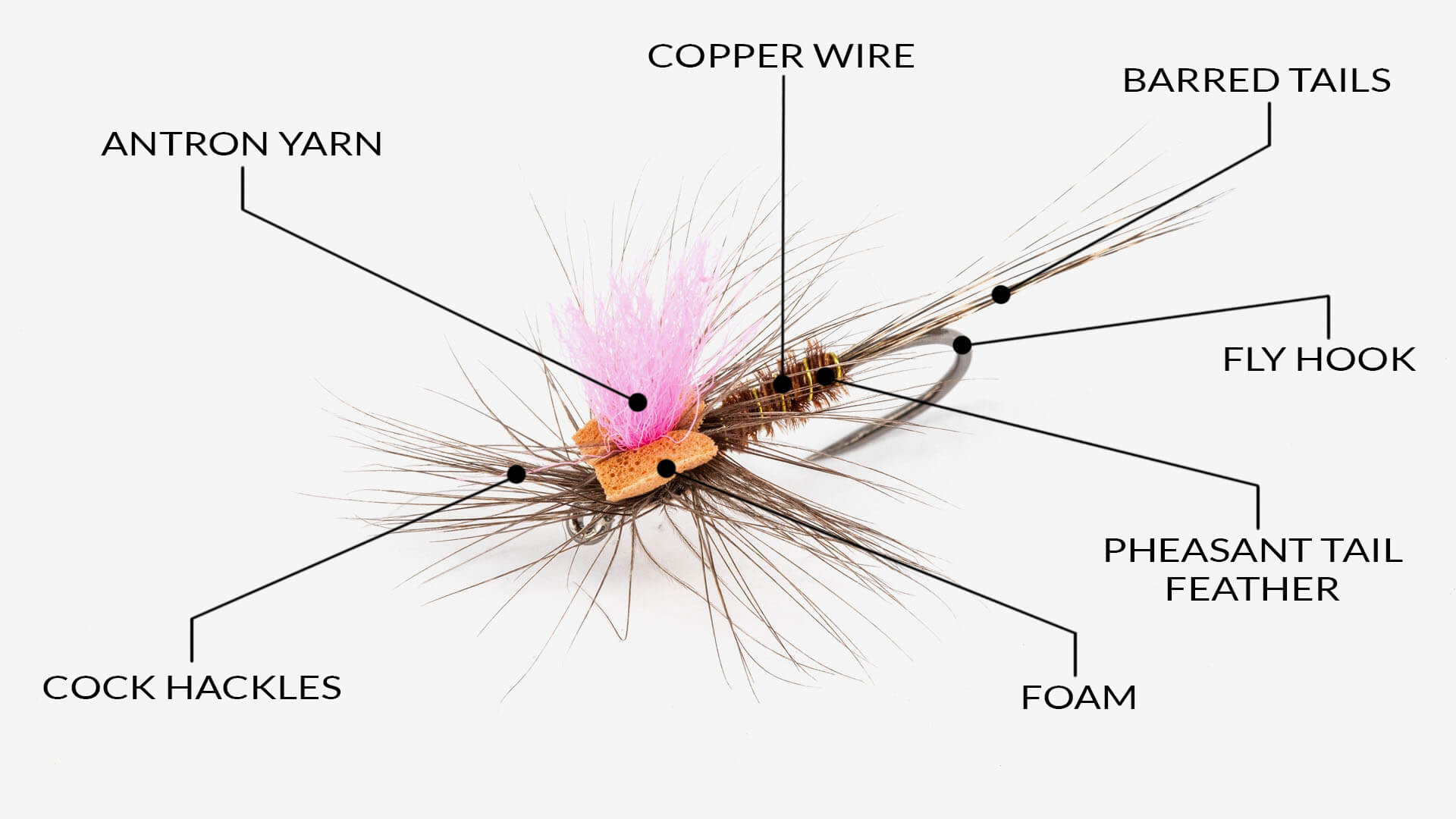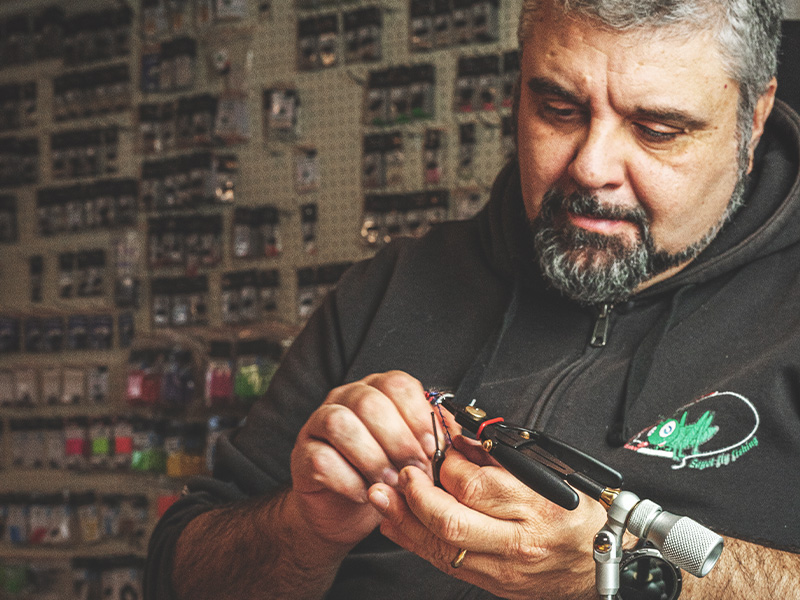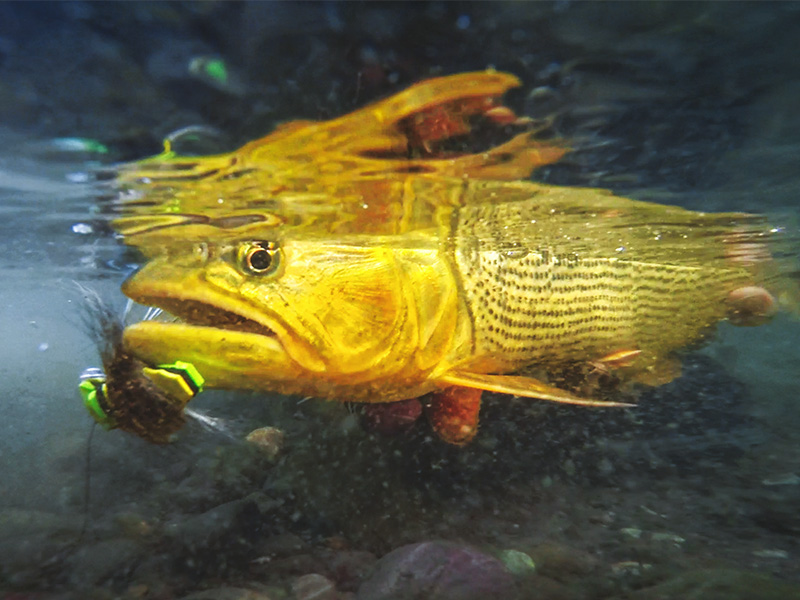THAT'S WHY YOU SHOULD TIE A PARACHUTE FLY
At first sight tying a parachute fly can seem daunting if you are an inexperienced fly tyer. But we are very confident that with this fly-tying tutorial you will get good results right away. This fly-tying technique is used in the construction of dry flies because it increases their buoyancy and makes them very stable on the water. Learning how to tie a parachute fly is essential if you are a fan of dry fly fishing with your own fly patterns. This tying technique is part of the basics that every fly tyer should know because it will allow you to make really catchy dry fly patterns.
VIDEO TUTORIAL: TYING A PARACHUTE FLY
WHAT IS A PARACHUTE FLY?
The name Parachute refers to the characteristic positioning of the hackle feather. The cock hackle is not wrapped around the hook shank but parallel to it, creating a sort of crown, or rather 'parachute' that rests on the surface of the water. Tying in the cock’s hackle this way allows the artificial fly to float very well and also keeps it in an upright position all the time, with the hook sitting below the water surface and the rest of the flies’ dressing above the water surface. Generally, fly tying materials in striking colours are used to tie the wings because they make it much easier for the angler to spot and follow the drift of the fly while fishing.
If we haven't convinced you yet to build your first parachute fly, don't worry, we have a huge amount of different parachute fly patterns ready to fish! Visit our online shop and find the right parachute fly for the type of water you are fishing.
FLY TYING TUTORIAL OF A PARACHUTE FLY
Let's see the entire fly-tying process step-by-step as well as all the materials and tools needed to tie a parachute fly:

FLY TYING MATERIAL FOR THE PARACHUTE FLY
Below is a list of the fly-tying materials we used to make this dressing. Please note that the foam is not strictly necessary but is certainly very useful to increase the buoyancy of the parachute fly in case you are fishing in medium/fast waters.
Click on the name of the product you need to display it in our shop:
FLY TYING MATERIALS
- Fly hook
- Fly tying thread
- Barred tails
- Copper wire
- Pheasant tail feather
- Antron yarn
- Cock hackles
- Foam
FLY TYING TOOLS
Among the useful tools for tying this type of fly pattern there is an accessory that is not essential but greatly facilitates the most delicate phase, namely the wrapping of the cock hackle around the post. It is sold separately with almost all professional fly-tying vises and is a parachute rest that allows you to keep the post under tension while you wrap the cock hackle around them.
Both Cottarelli and Stonfo fly-tying vises offer this accessory and you can find them both in our online fly fishing shop.
If you are completely new to the world of fly tying and you would like to buy your first fly-tying equipment, we recommend our fly-tying kits. They are complete, professional and have everything you need to get started.























